Prime Planet Energy & Solutions, Inc. (PPES)
Company Profile
■URL
■Address
Business Overview
-A joint venture company for automotive prismatic batteries established by Toyota and Panasonic.
-The company develops, manufactures, and sells high-capacity and high-power automotive prismatic lithium-ion batteries and next-generation automotive batteries (including batteries based on new principles).
Main models equipped
- Toyota: MIRAI, RAV4 PHV, Lexus NX450h+, bZ4X, Voxy/Noah Hybrid、Lexus RZ450e
- Suzuki: ACROSS PHV, Landy Hybrid
Shareholders
| -Unlisted | (As of Mar. 31, 2025) |
| Name or Company Name | Investment Ratio (%) |
| Toyota Motor Corp. | 51.0 |
| Panasonic Holdings | 49.0 |
Products
-Prismatic lithium-ion batteries
-High-capacity rectangular batteries for BEVs and PHVs
-High-output batteries for HVs
History
| Dec. 2017 | Toyota and Panasonic have agreed to cooperate in developing prismatic batteries for vehicles |
| Jan. 2019 | Both companies have agreed to establish a joint venture related to the automotive prismatic battery business |
| Apr. 2020 | The Company started operations. |
<A brief history of Toyota activities related to automotive batteries>
| Date | Activity |
| Oct. 2005 | Announced the increase of its stake in Panasonic EV Energy (Kosai City, Shizuoka Prefecture), which manufactured and sold batteries for HVs, to 60%. |
| Apr. 2010 | Announced that it has increased its shareholding in Panasonic EV Energy Co., Ltd. (PEVE) to 80.5%. |
| Jun. 2013 | Toyota to establish a joint venture company in Changshu, Jiangsu Province, with Hunan Corun New Energy Co., Ltd., a Chinese battery manufacturer, to manufacture nickel metal hydride batteries for HV use. |
| Nov. 2013 | Announced that it established a joint venture (JV), Sinogy Toyota Automotive Energy System Co., Ltd. (STAES), to produce hybrid batteries in China. |
| Mar. 2019 | Toyota announced that it has agreed with Suzuki Motor Corporation to begin specific studies on collaboration in the areas of development and production. |
| Apr. 2019 | As part of the company's efforts to promote the use of electric vehicles, the company announced that it will offer free of charge its sole patent license for vehicle electrification technology. |
| Jun. 2019 | Announced that it will procure electric vehicle (EV) batteries from Contemporary Amperex Technology Co., Ltd. (CATL), BYD, Toshiba Corporation, GS Yuasa International Ltd. and Toyota Industries Corporation. |
| Jun. 2019 | Announced the company will expand its Toyota ZEV Factory, which it established with the aim of speeding up decision-making. |
<A brief history of Panasonic activities related to automotive batteries>
| Date | Activity |
| Dec. 1996 | Established Panasonic EV Energy Co., Ltd. |
| Aug. 2004 | Matsushita Battery Industrial announced that it would spin off its automotive battery business, which was handled by the Storage Battery Business Unit and other units, and establish a new company, Panasonic Storage Battery, in October. |
| Nov. 2007 | Matsushita Battery Industrial Co., Ltd. announced that it will build a new lithium-ion battery production facility at the Wakayama Plant (Kinokawa City, Wakayama Prefecture) and boost its domestic production capacity. |
| May 2008 | Panasonic EV Energy Co., Ltd. announced that it will establish a new plant in Miyagi prefecture to produce nickel metal hydride batteries for hybrid vehicles. |
| Jan. 2010 | Panasonic and Tesla Motors announced that the two companies will collaborate in the development of EV batteries. |
| Jan. 2010 | Panasonic EV Energy Miyagi Plant started production |
| Mar. 2010 | Announced that it will start mass production of lithium-ion battery cells April 2010 at its new Suminoe Factory. |
| Jun. 2010 | Panasonic EV Energy Co., Ltd. announced that it changed its name to Primearth EV Energy Co., Ltd. |
| Oct. 2010 | Panasonic Liquid Crystal Display Co., Ltd. established in Himeji City, Hyogo Prefecture. |
| Nov. 2010 | Announced that Panasonic and Tesla Motors have signed an agreement on capital collaboration. |
| Feb. 2011 | Announced that it will transfer its automotive nickel-metal-hydride battery business handled at its Shonan Plant (Chigasaki City, Kanagawa Prefecture) to Hunan Corun New Energy Co., Ltd. in China. |
| Oct. 2011 | Panasonic and Tesla Motors finalized a supply agreement for automotive-grade lithium-ion battery cells. |
| Nov. 2011 | Announced that it will supply lithium-ion batteries for Toyota Motor Corporation's Prius Plug-in Hybrid. |
| Sep. 2012 | Announced that its lithium-ion batteries have been chosen for Toyota Motor Corporation's “eQ” electric car. |
| Apr. 2013 | Announced that it will supply its nickel-metal hydride (Ni-MH) battery systems for Fuji Heavy Industries' Subaru XV Crosstrek Hybrid for sales in the U.S. market. |
| Nov. 2013 | The Company and Tesla Motors announced that the two companies have reached an agreement, under which Panasonic will expand its supply of lithium-ion battery cells to the electric vehicle manufacturer. |
| Oct. 2014 | The Company announced that it has set up a new company, Panasonic Energy Corporation of North America (PENA), to produce and sell lithium-ion batteries for Tesla Motors in Sparks, Nevada, USA. |
| Feb. 2016 | Announced that it established a joint venture company "Panasonic Automotive Energy Dalian Co., Ltd." (now Prime Planet Energy Dalian Co., Ltd.) to manufacture square-shaped lithium-ion batteries in Dalian, China. The JV is capitalized with Panasonic Corporation and Dalian Levear Electric Co, Ltd. each investing 50%. |
| Oct. 2017 | Announced that its subsidiary, Panasonic Liquid Crystal Display Co., Ltd., will start production of automotive square lithium-ion batteries (LiBs) at its Himeji Plant. |
| Mar. 2018 | Announced that an automotive battery joint venture has started volume shipment at its new automotive lithium-ion battery (LiB) plant in Dalian. Panasonic has established an automotive LiB production system covering Japan, the U.S., and China. |
<A brief history of the company’s predecessor, the former Sanyo Electric activities related to automotive batteries>
| Date | Activity |
| Aug. 1964 | Sumoto Plant opened. Mass production of nickel-cadmium batteries begins. |
| 1985 | Tokonabe Plant (currently Kasai Plant) begins operations. |
| 1988 | Tokushima Plant begins operations. |
| Oct. 2000 | Agreed to acquire Toshiba Battery's nickel metal hydride battery business from Toshiba. |
| Jan. 2001 | Announced that it will exclusively supply HV battery systems for Ford's Escape HEV |
| Oct. 2003 | Announced the construction of a new plant on the Tokushima plant site, the core production base for lithium-ion batteries. |
| Oct. 2004 | Agreed with Daimler to study the joint development of rechargeable batteries for HVs |
| May 2008 | Announced that Sanyo Electric and Volkswagen have agreed on a joint project to develop lithium-ion batteries for use in hybrid vehicles. |
| Dec. 2008 | Panasonic Corp. and Sanyo Electric Co., Ltd. announced that they have officially concluded the capital and business alliance agreement. |
| Oct. 2009 | A new plant for the production of lithium-ion batteries for HVs was established at the Kasai Plant in Hyogo Prefecture. |
| May 2010 | Announced that it is aiming for a 40% share of the global automotive rechargeable battery market in FY2020 |
| Dec. 2010 | Announced the completion of a new technology building for the research and development of lithium-ion batteries, which has been under construction in its Tokushima factory (Matsushige-cho, Tokushima Prefecture) |
| Apr. 2011 | Panasonic makes Sanyo Electric a wholly owned subsidiary |

 AI Navigator
AI Navigator




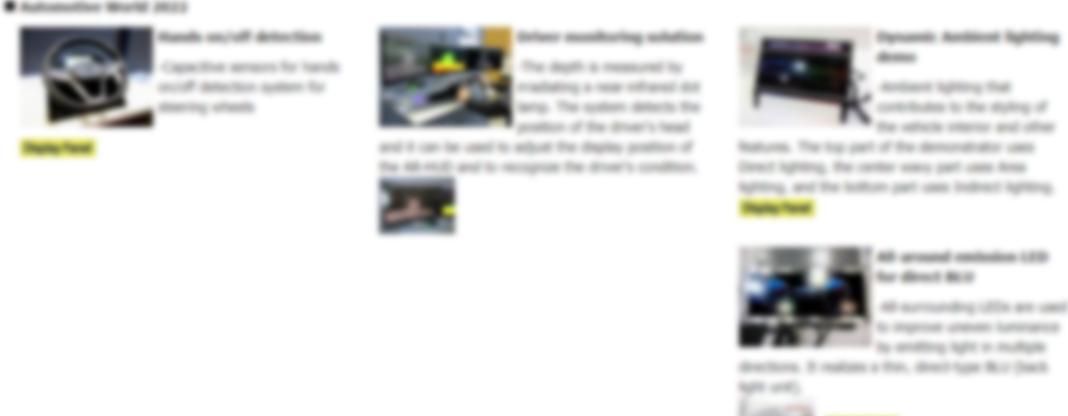
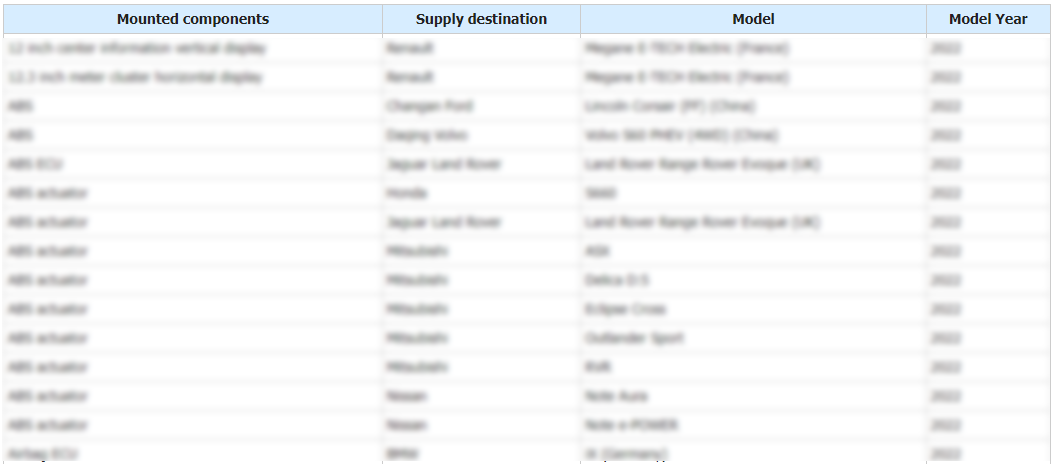
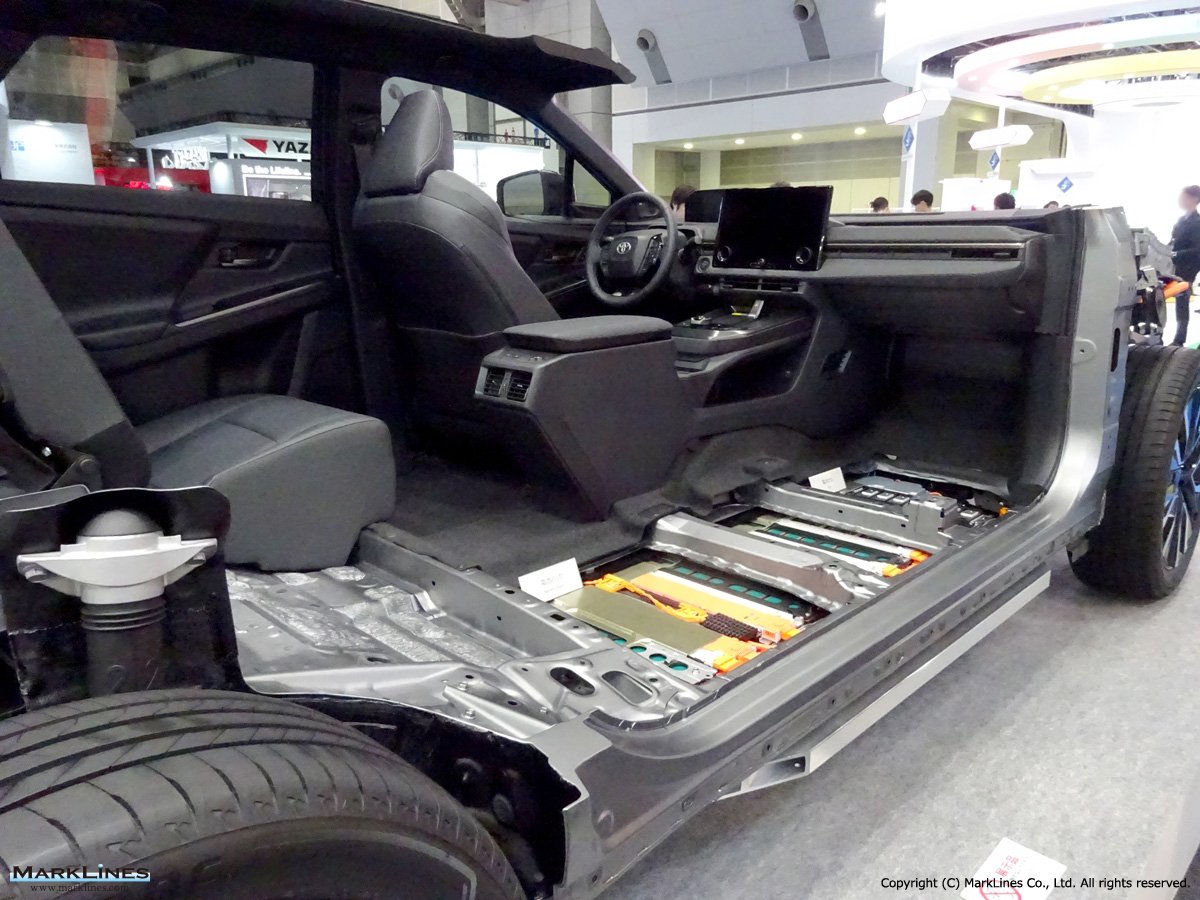
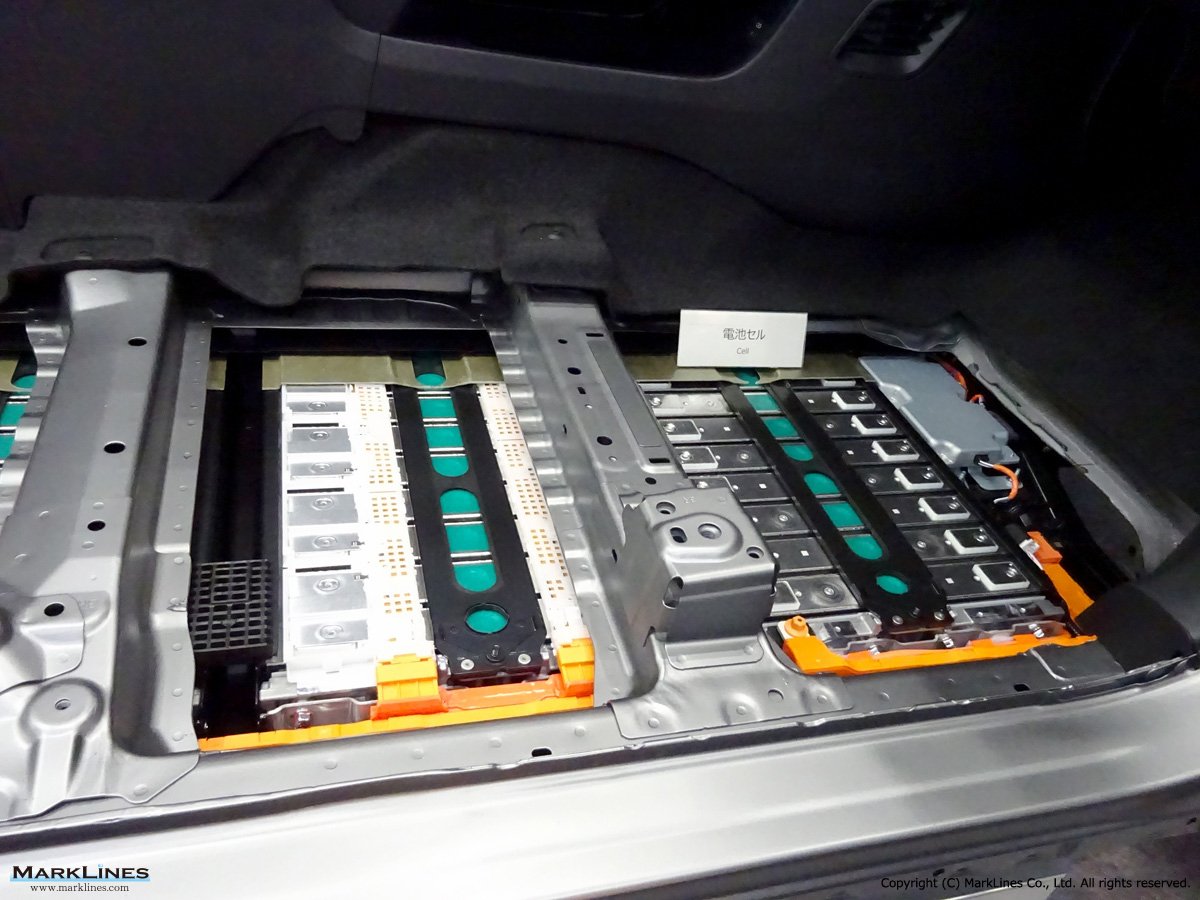
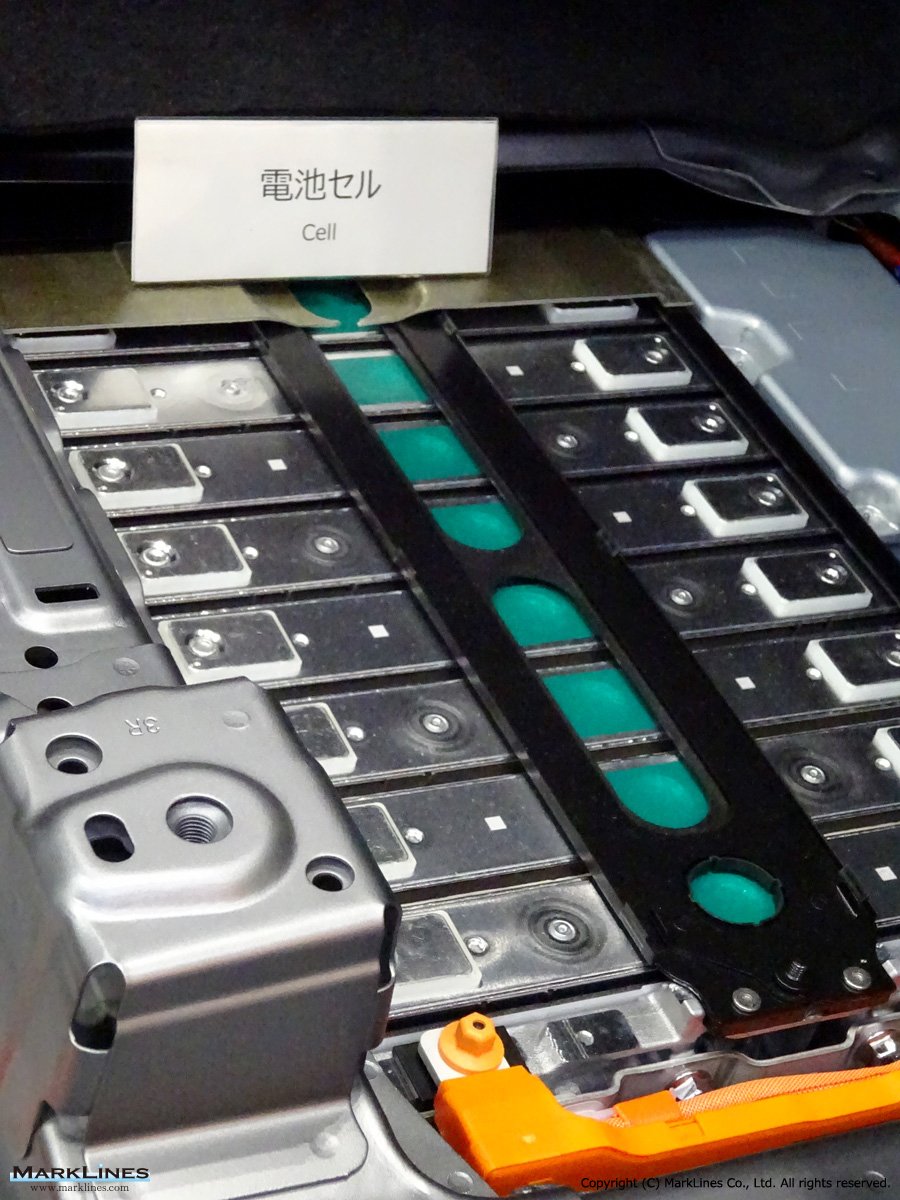
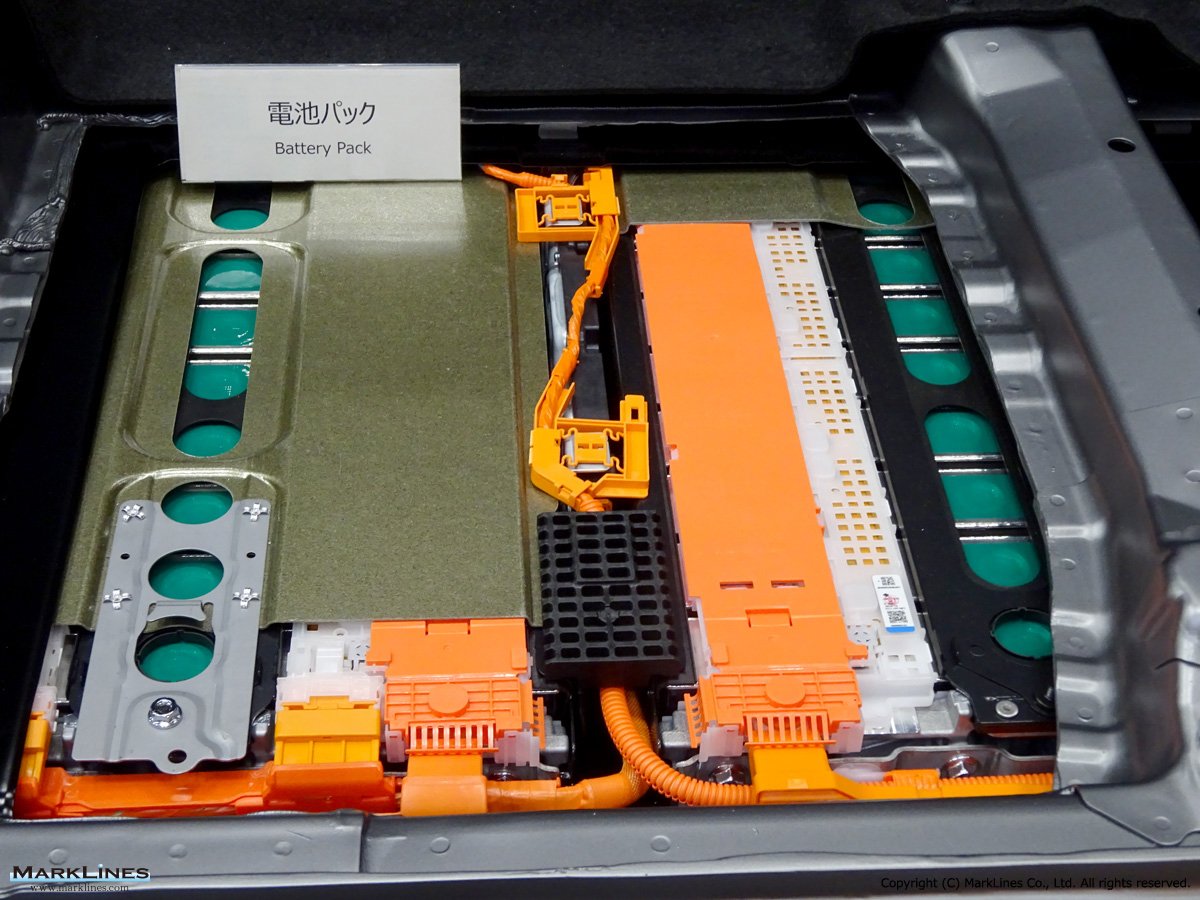
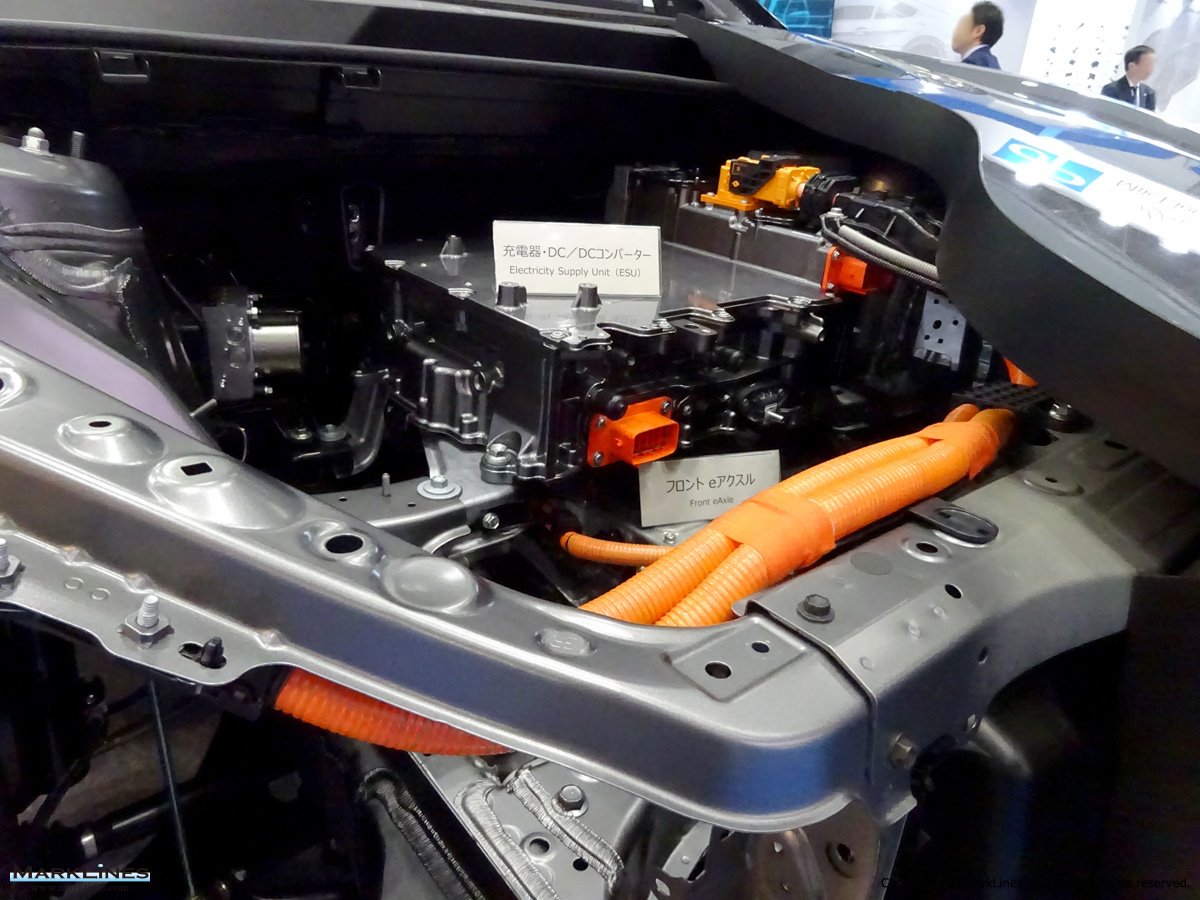
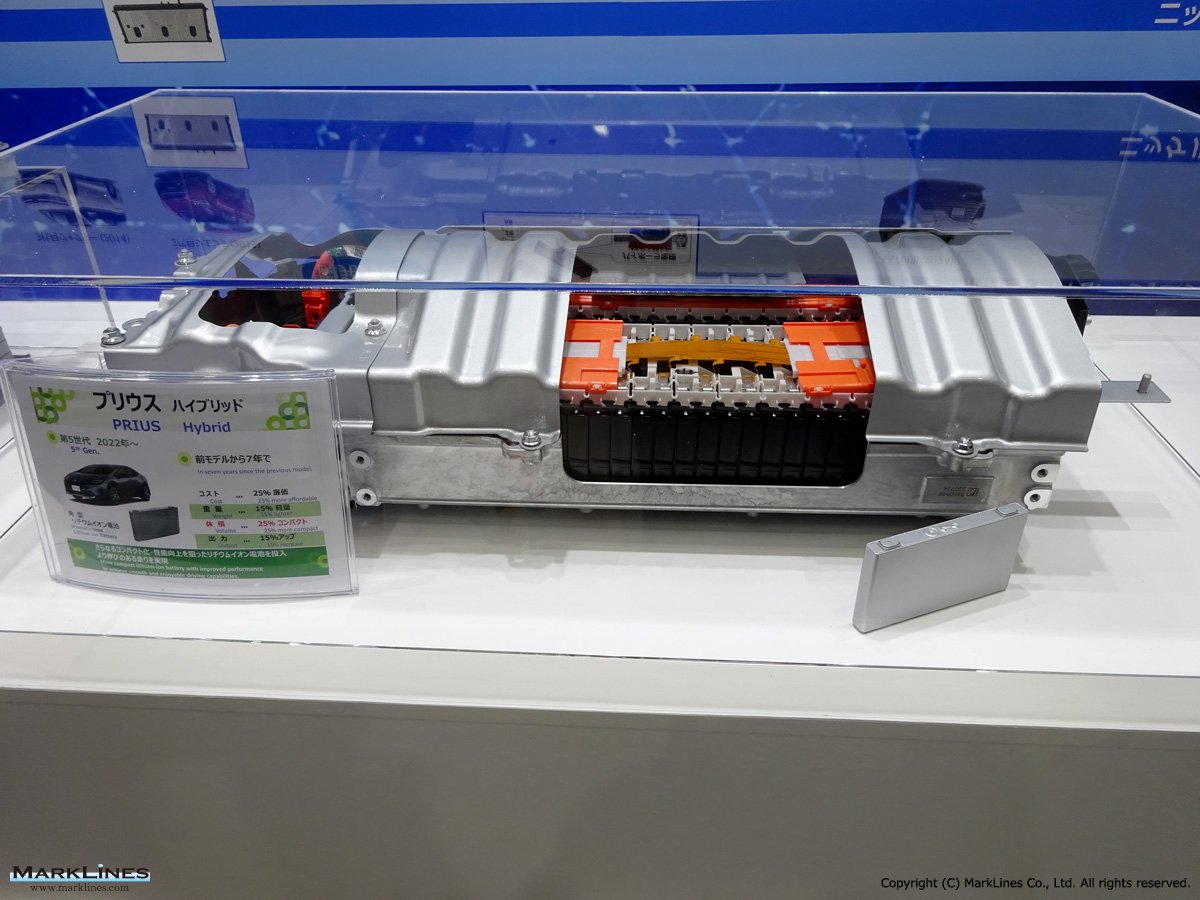
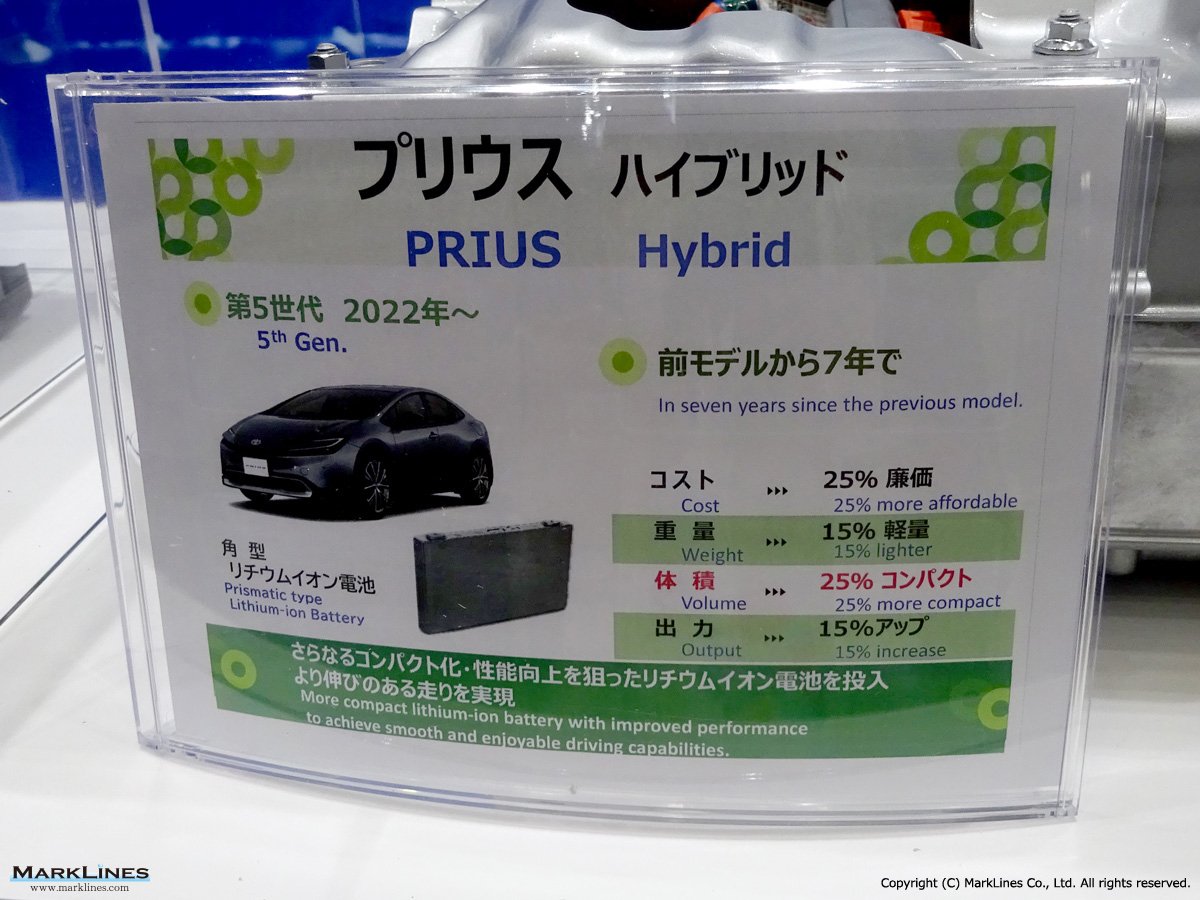
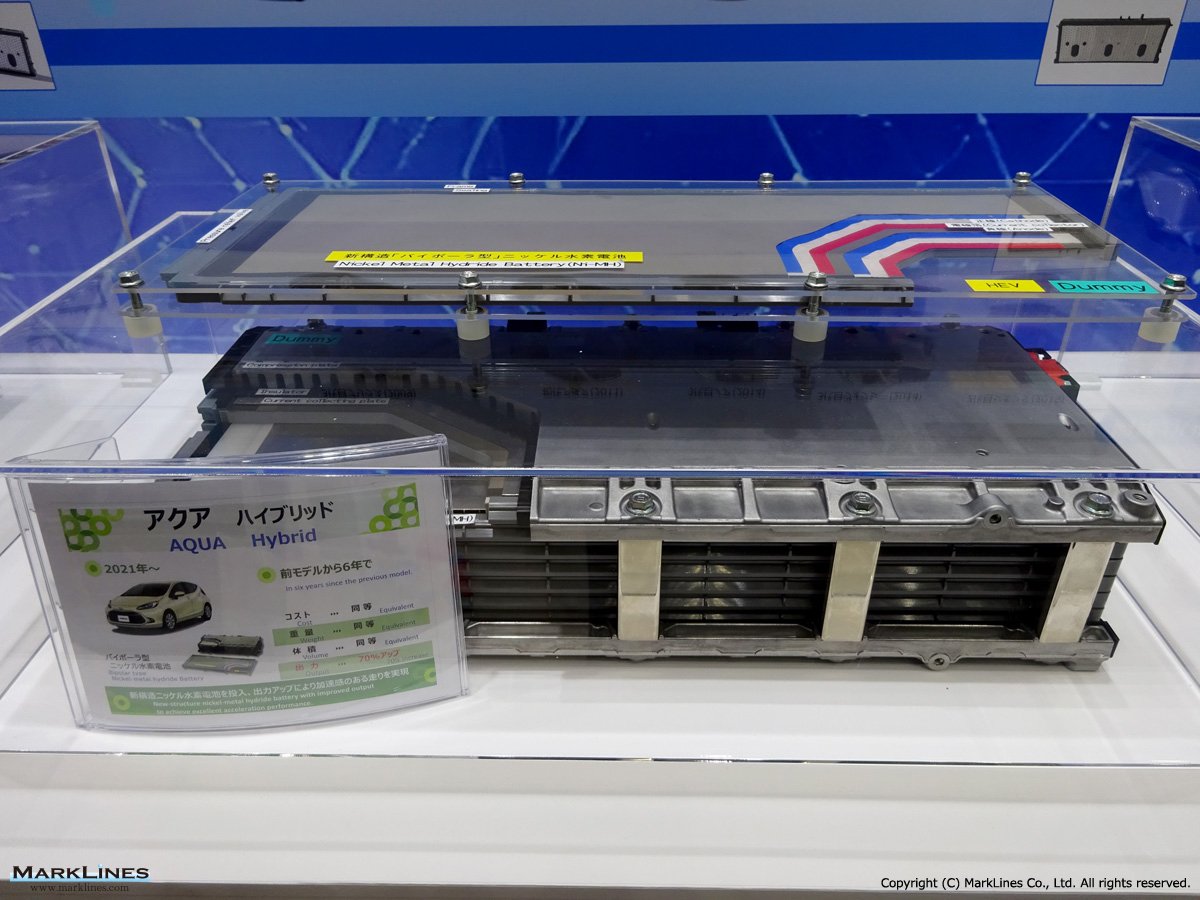
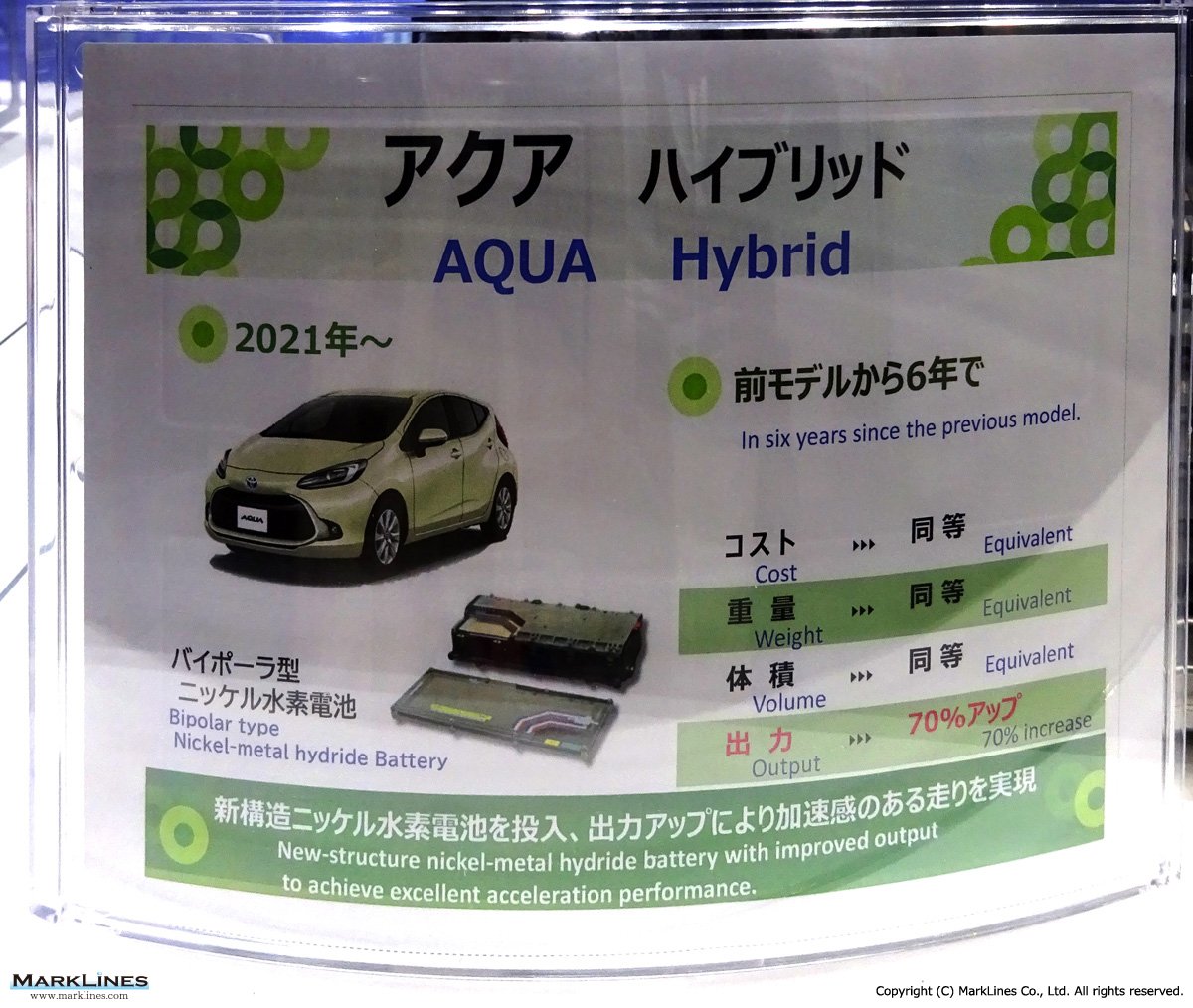
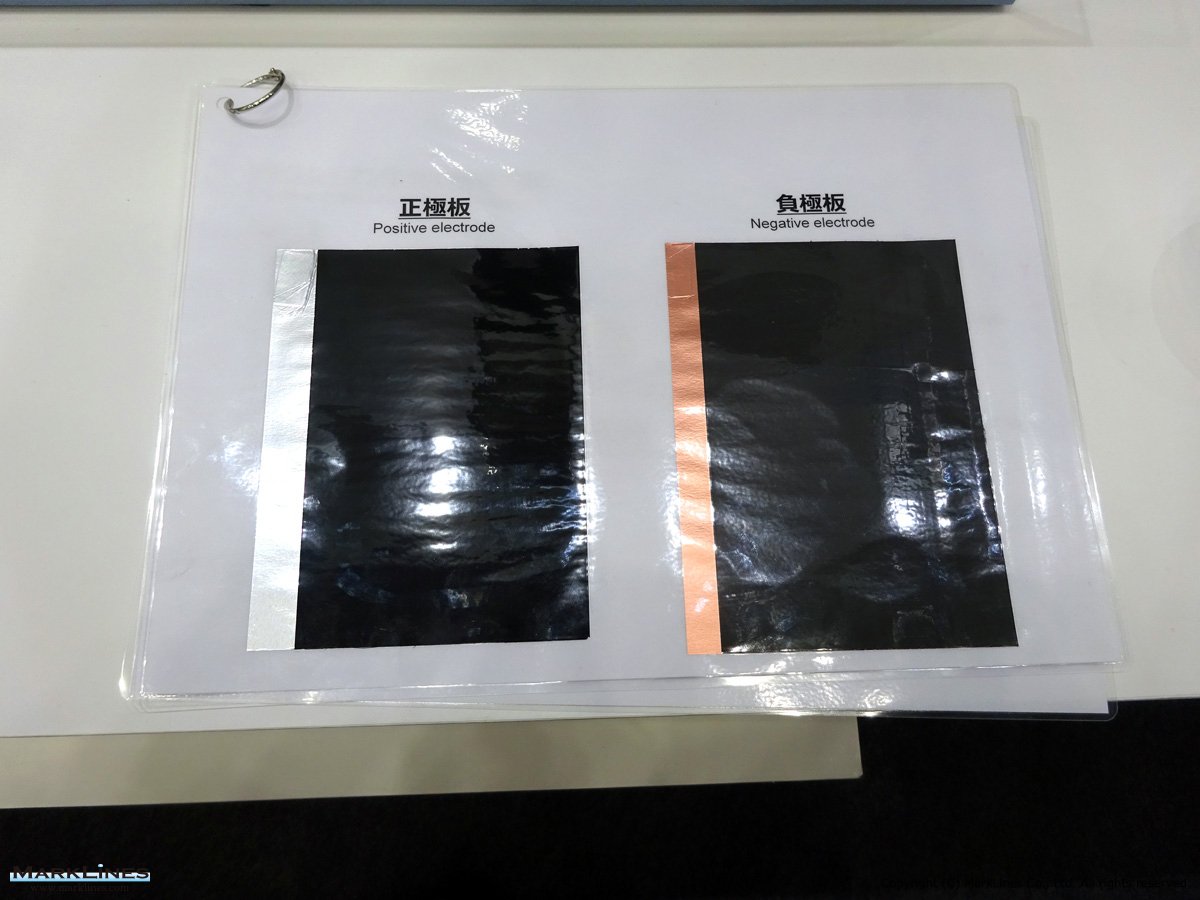
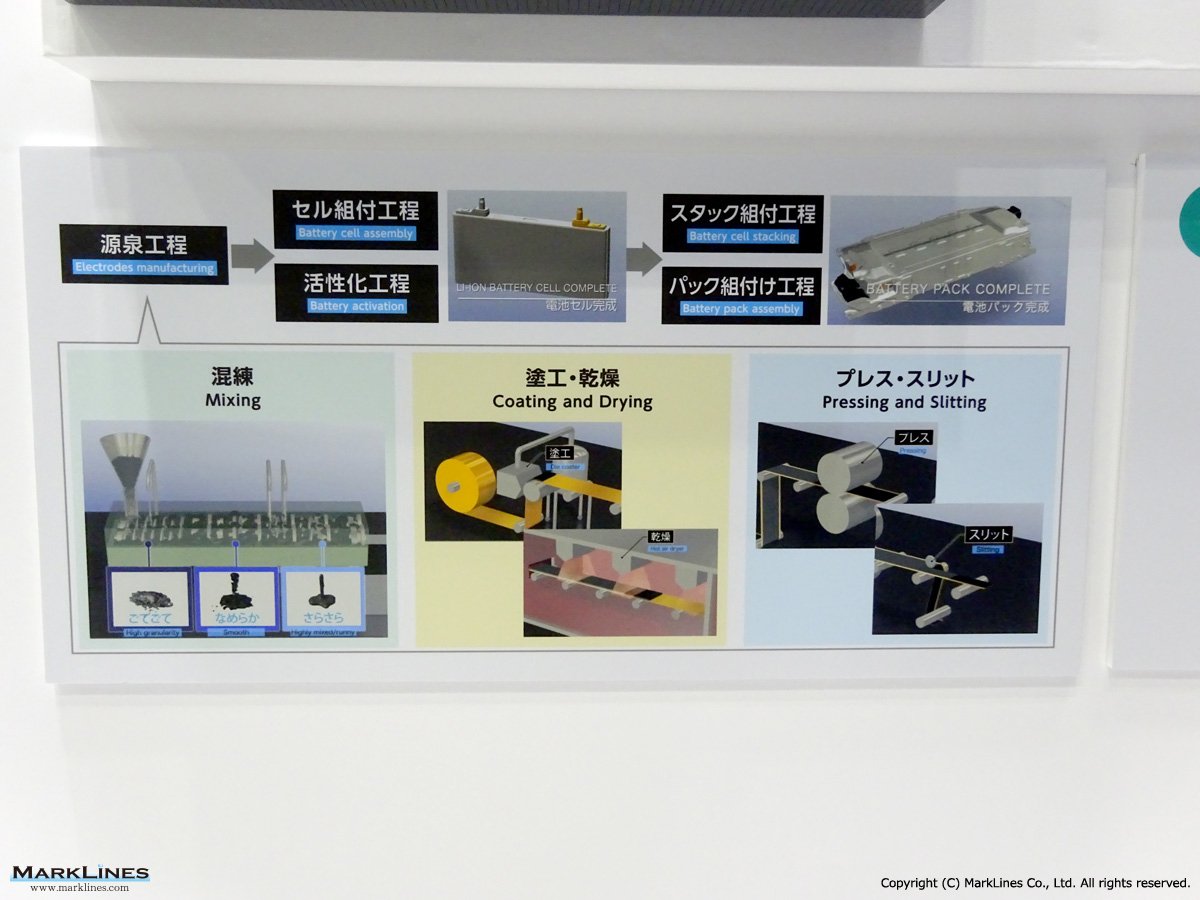
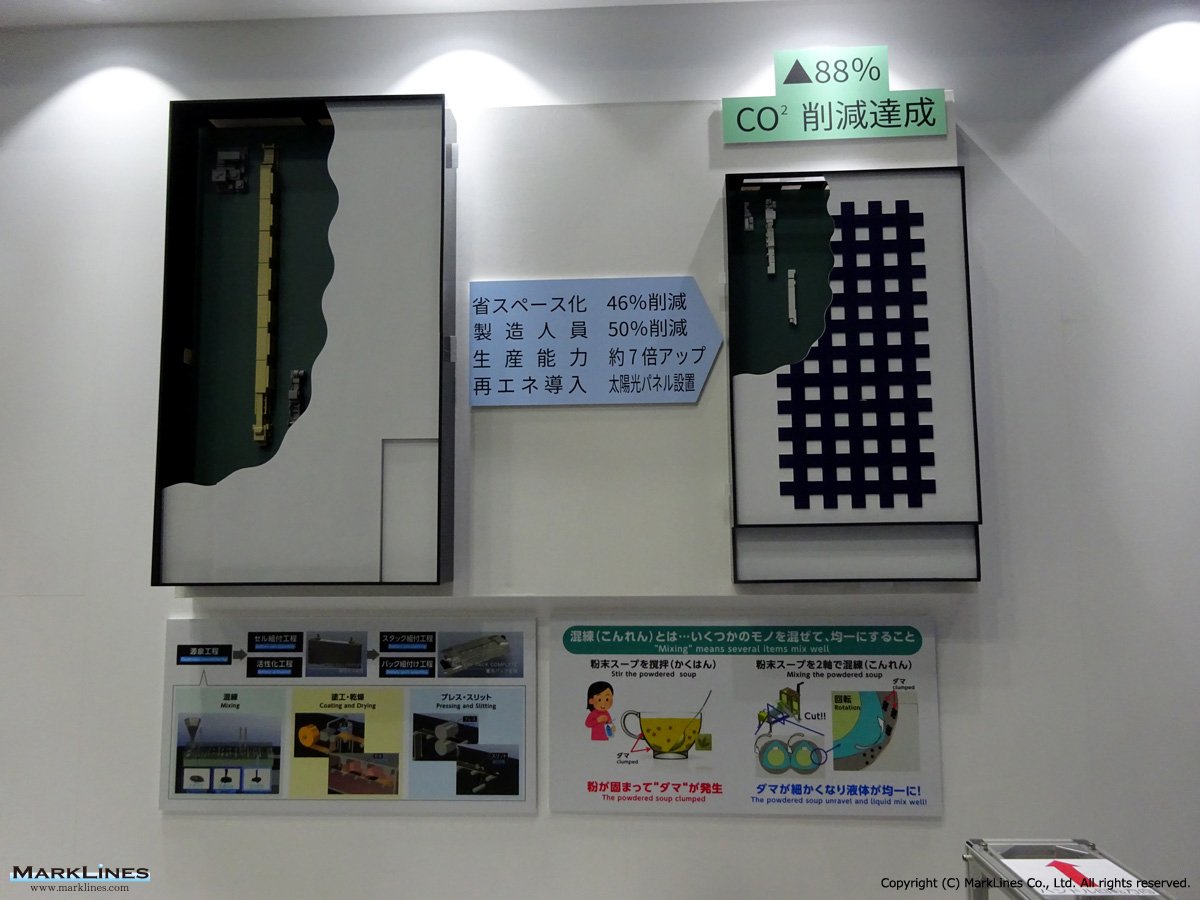
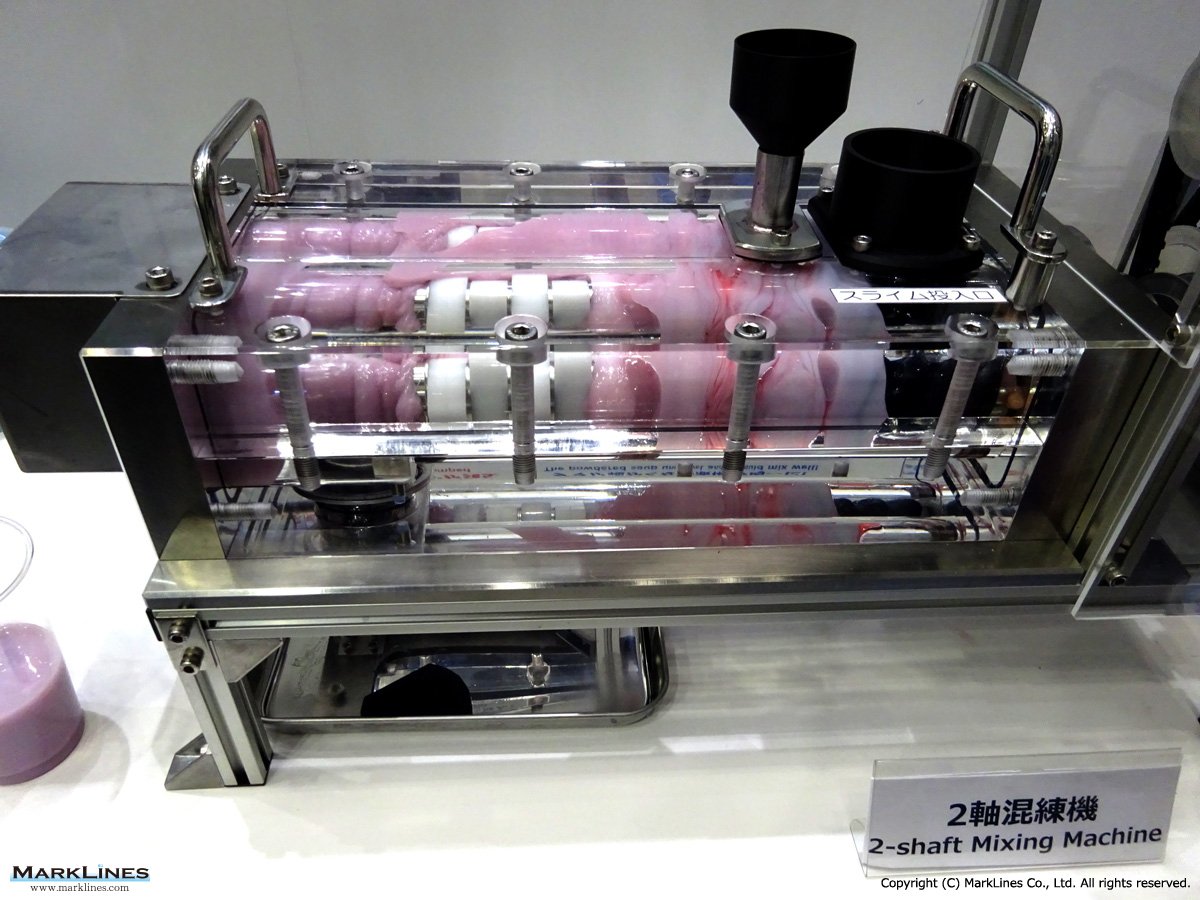
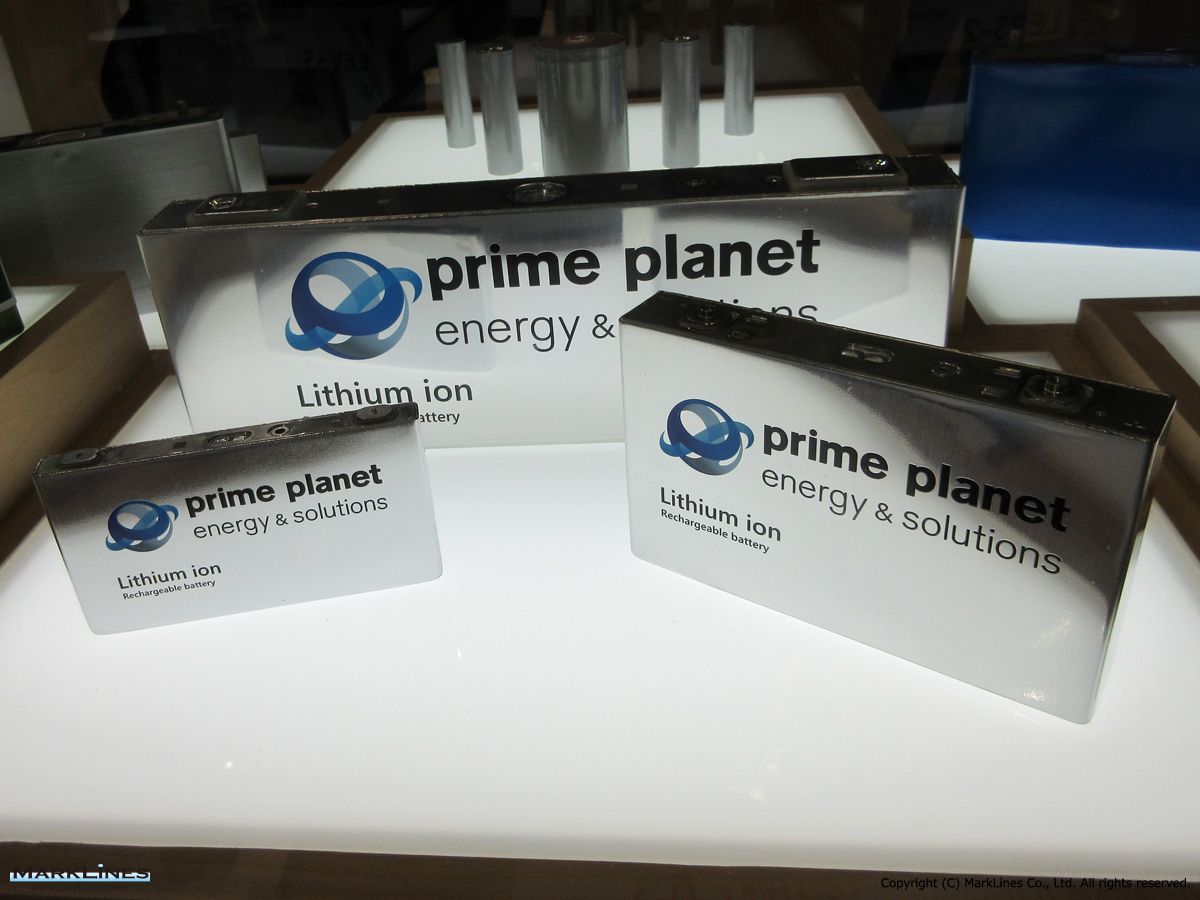
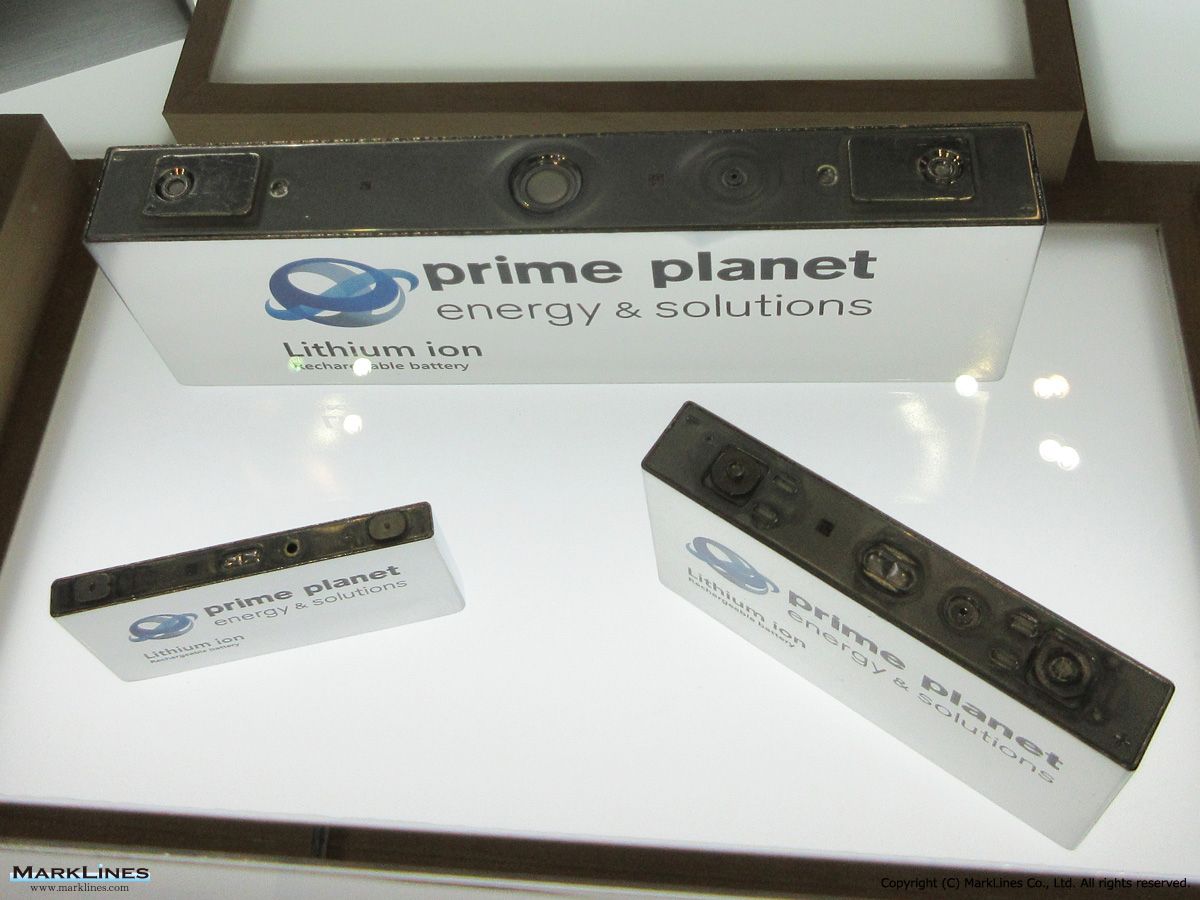
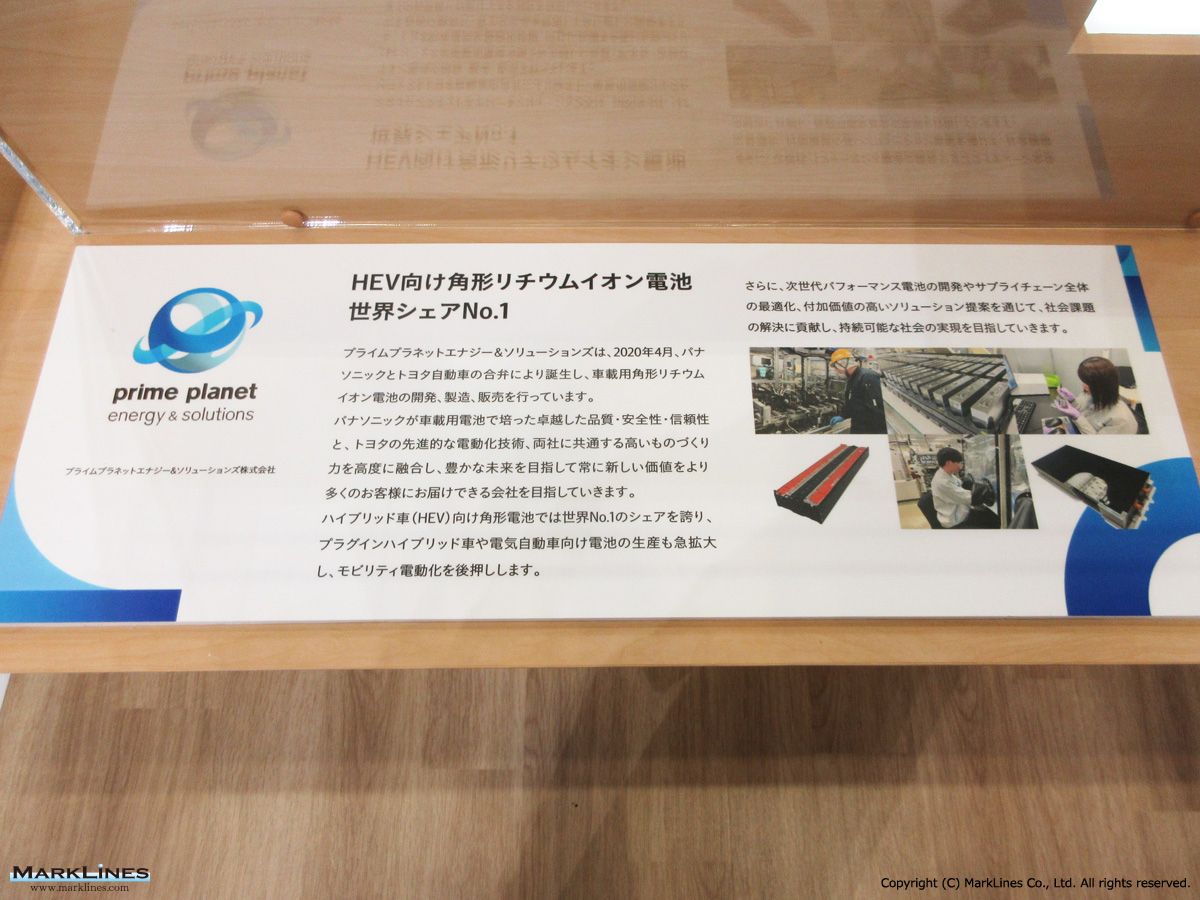
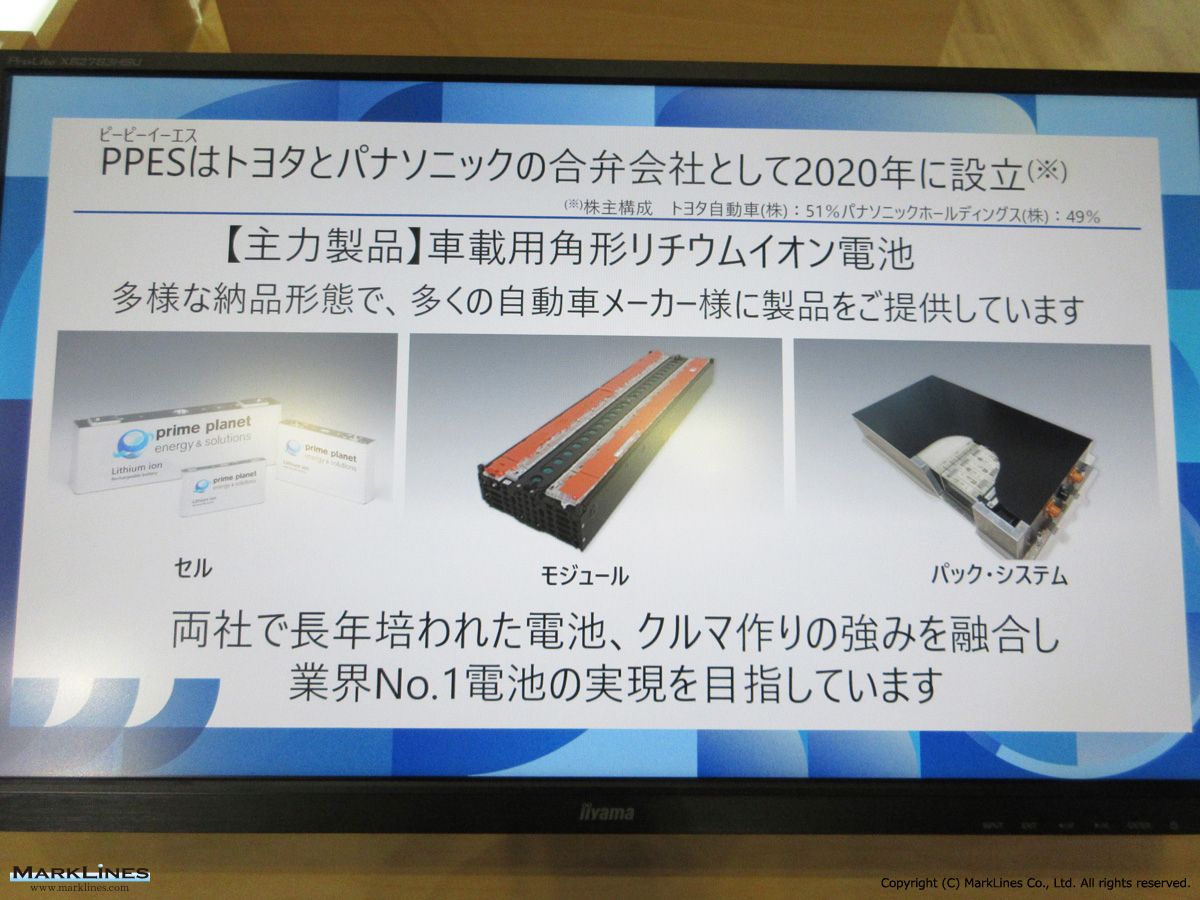
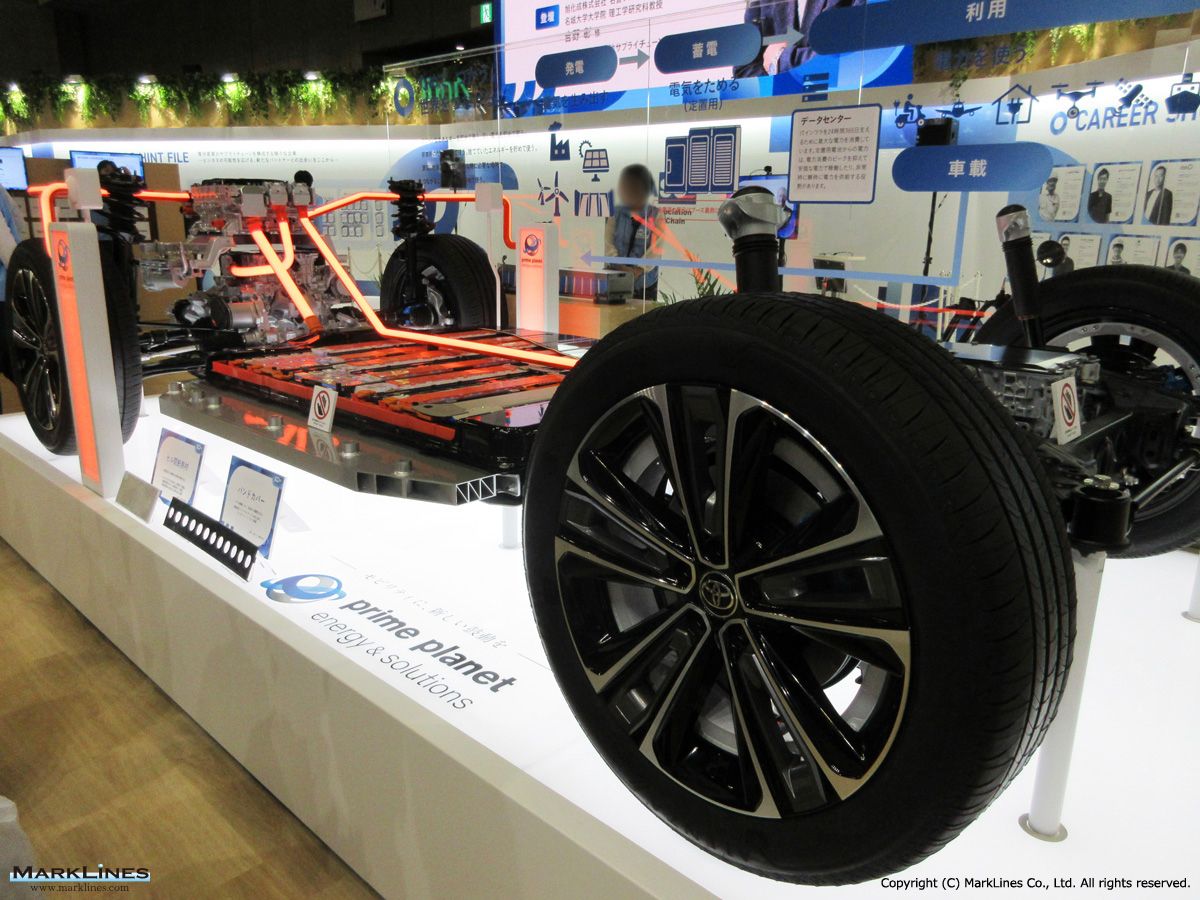
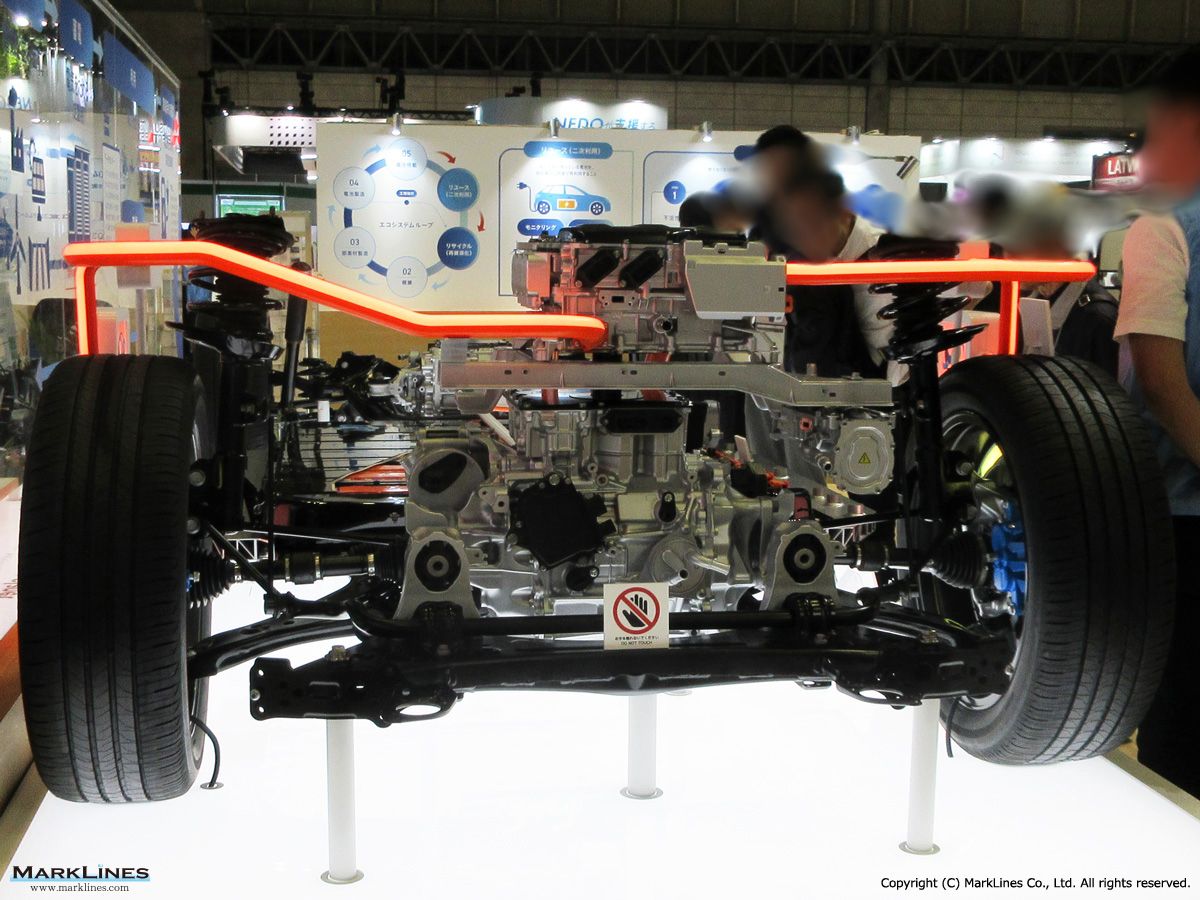
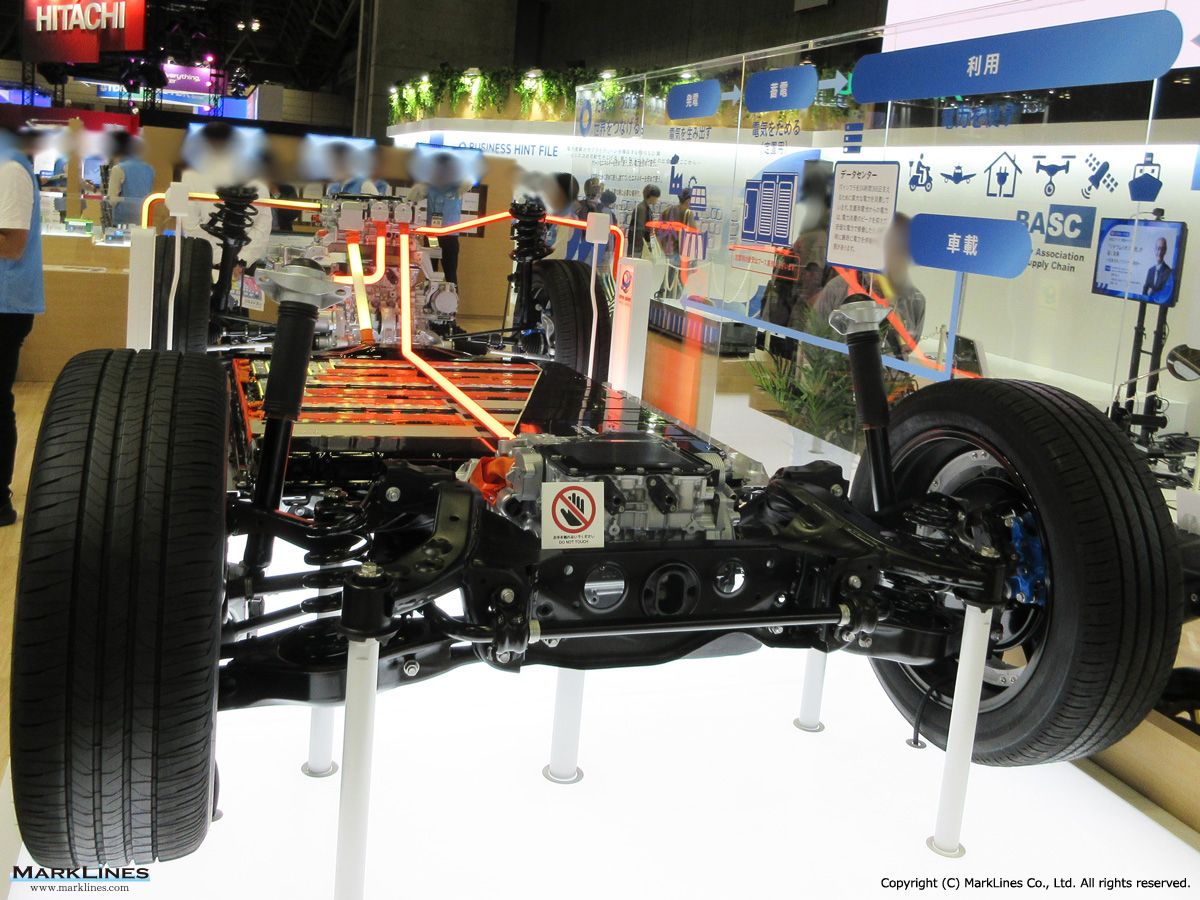
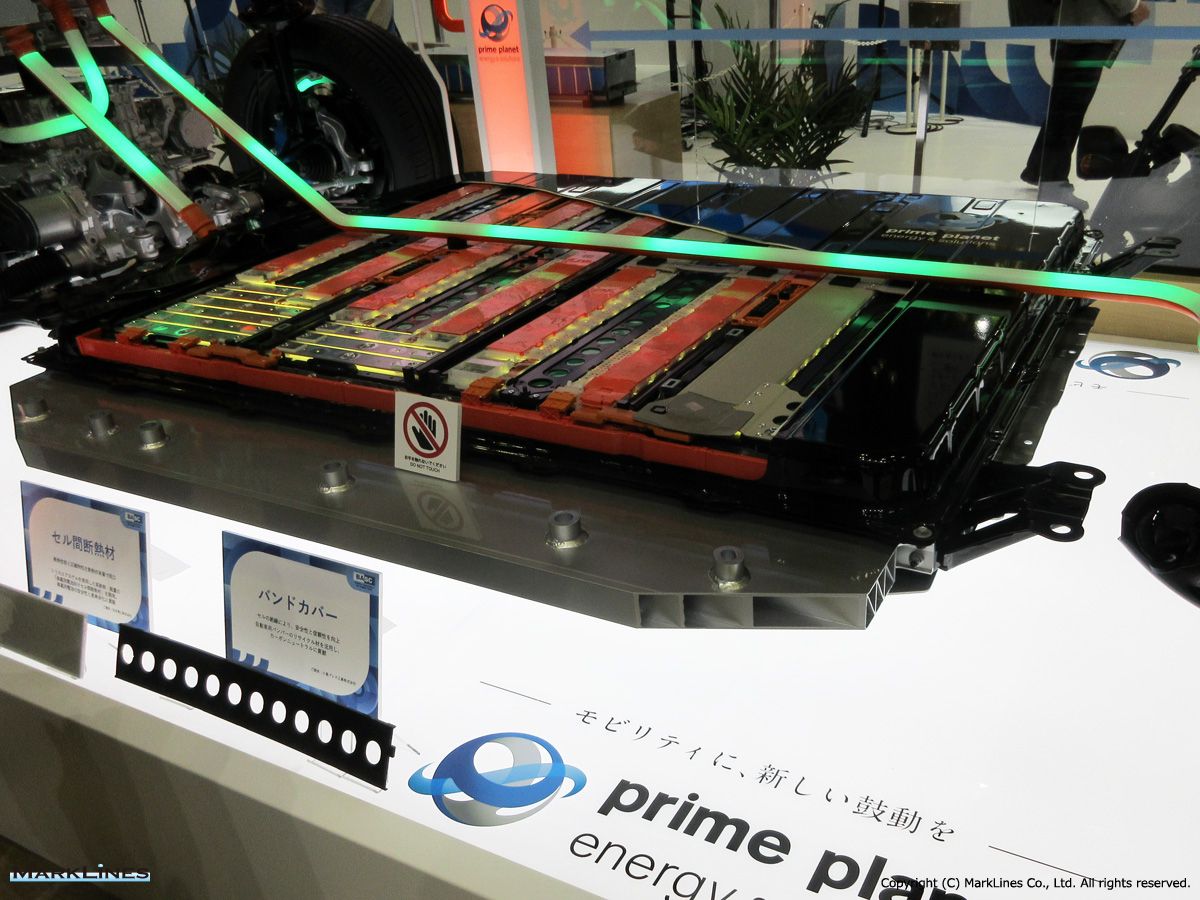
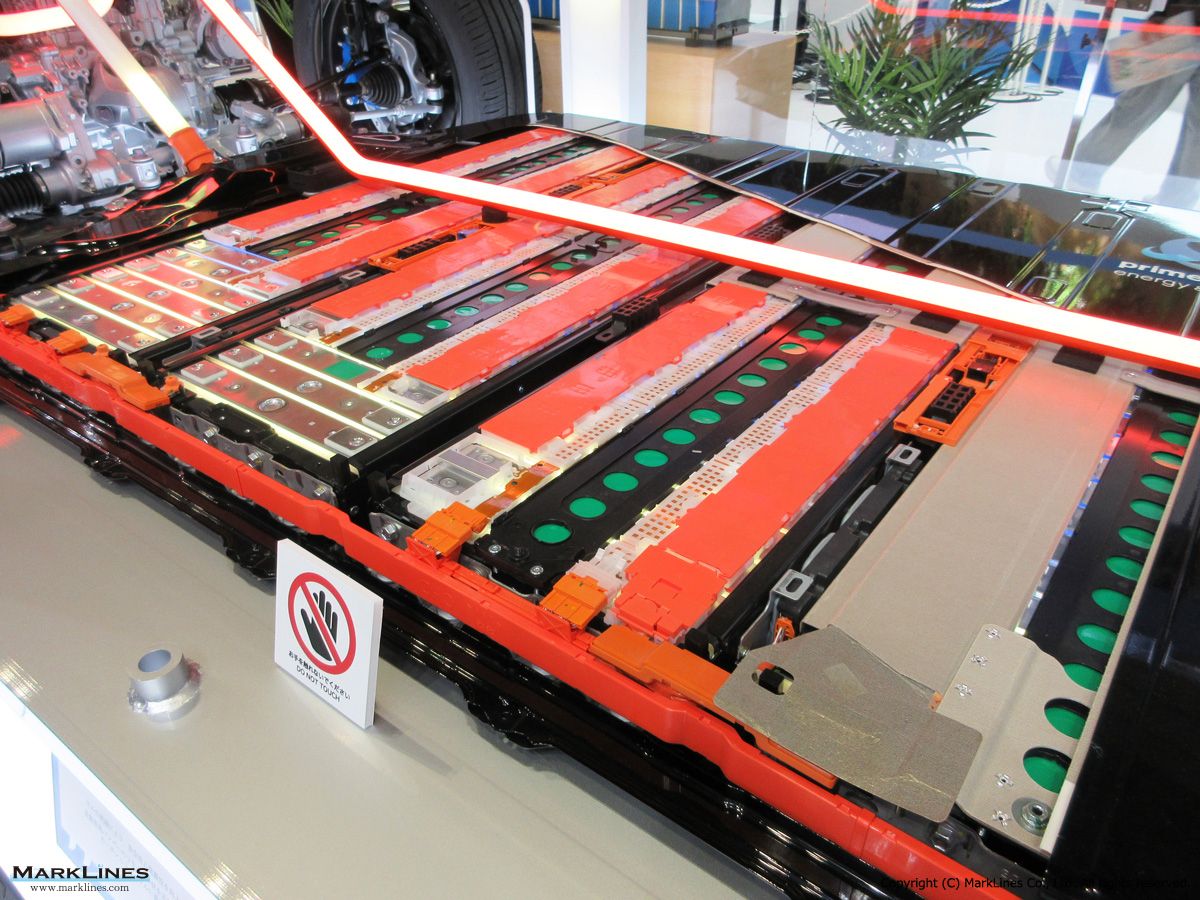
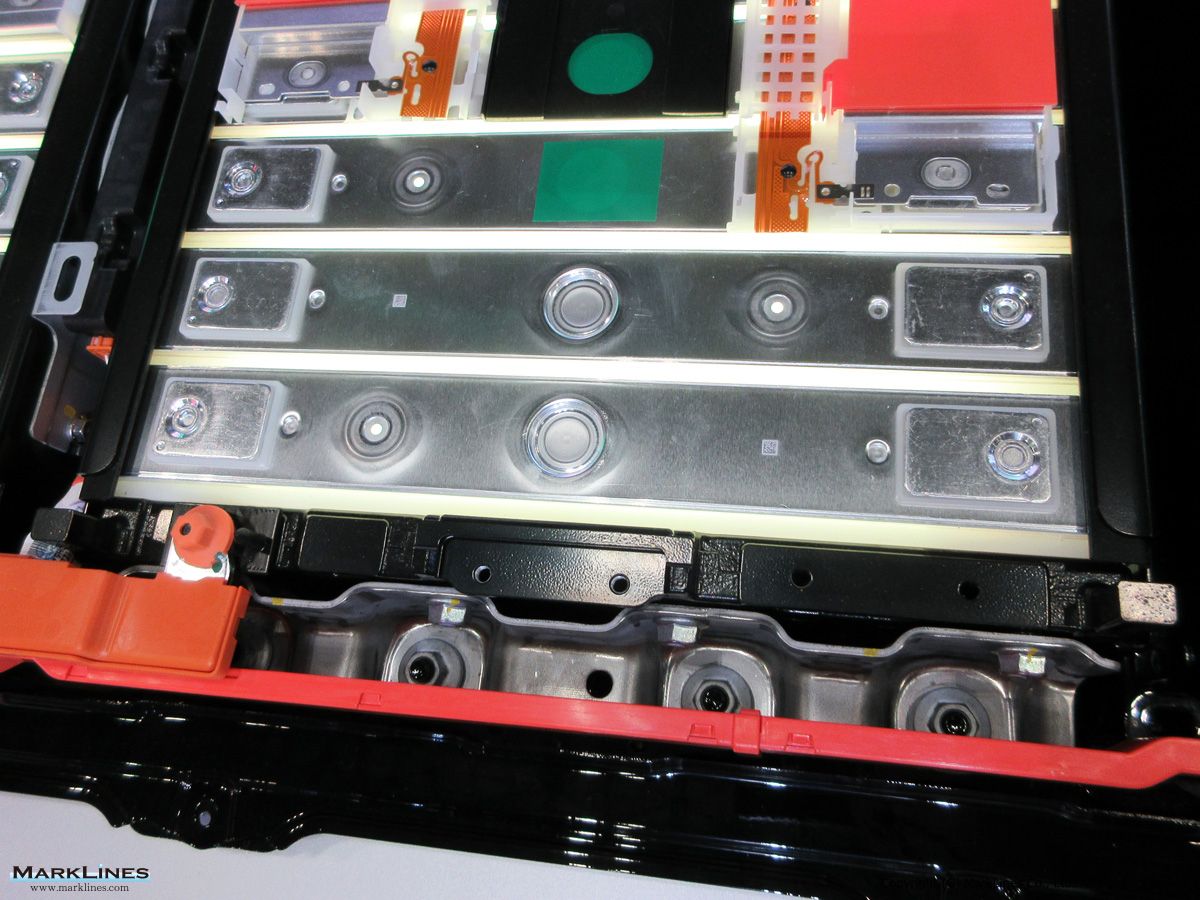
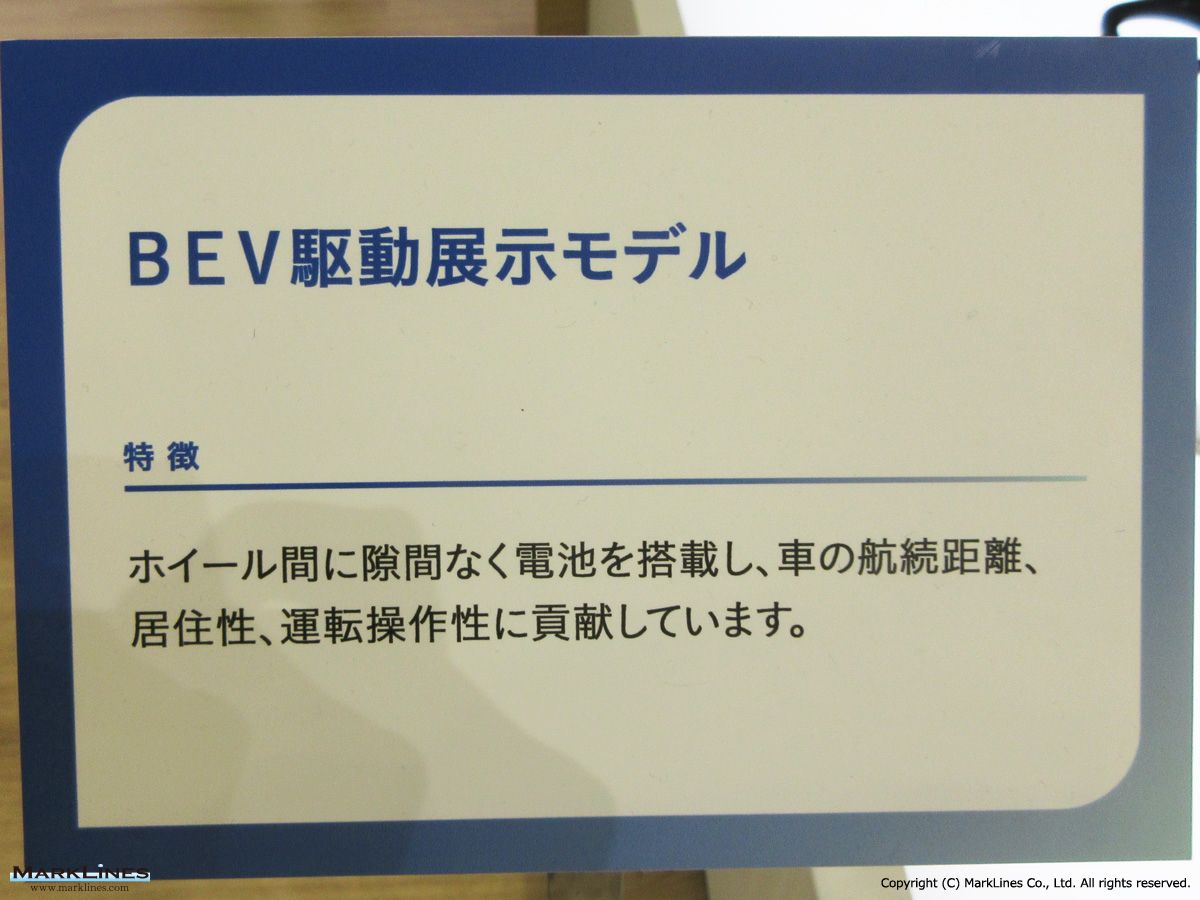
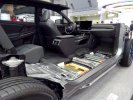
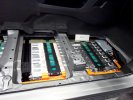
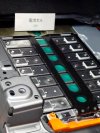
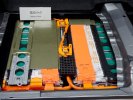
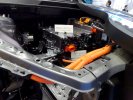
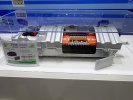

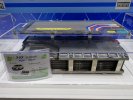
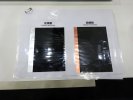
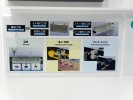
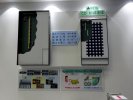
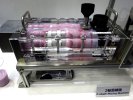
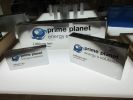
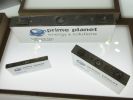
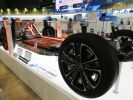
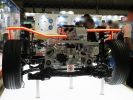
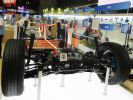
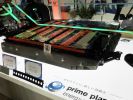
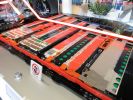
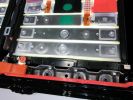
 Japan
Japan USA
USA Mexico
Mexico Germany
Germany China (Shanghai)
China (Shanghai) Thailand
Thailand India
India